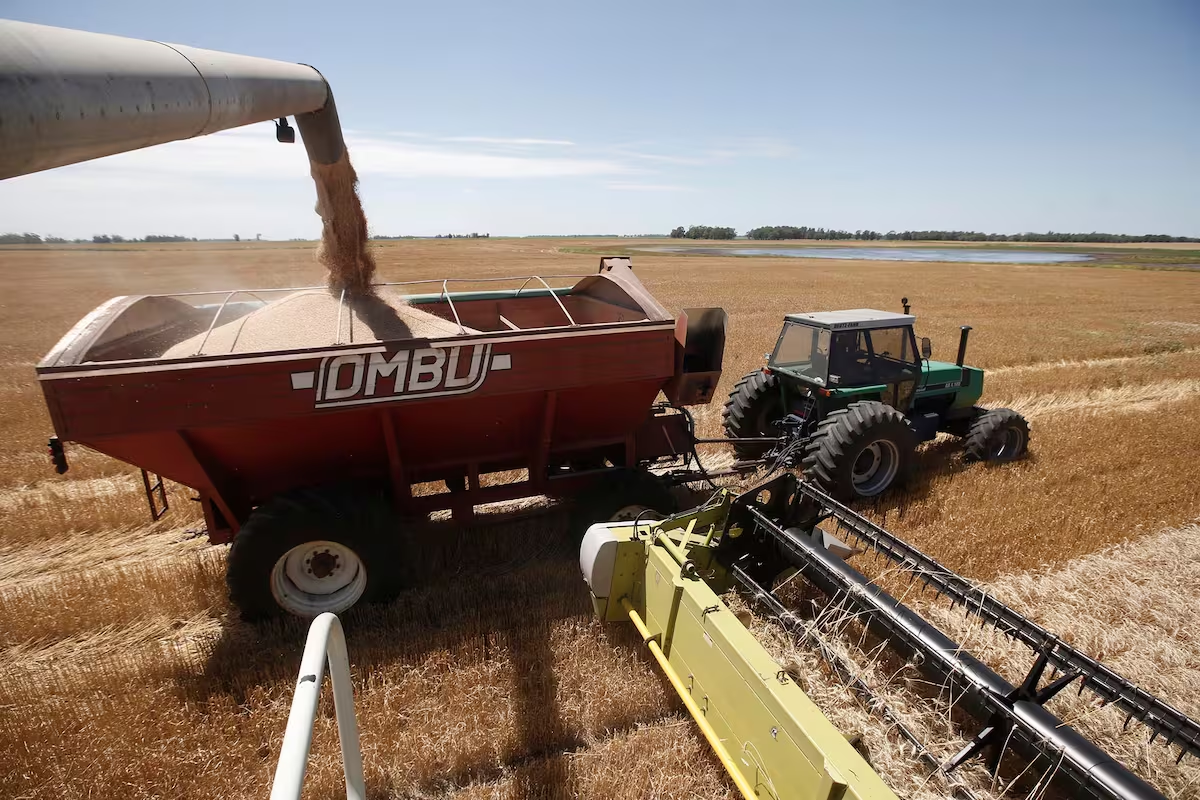
of Rosario Stock Exchange (BCR) adjusted upwards harvest of wheat Along the way, he pointed out the following: historic return, Record production is expected: 24.5 million tons. This exceeds the maximum amount of 23 million tons in 2021/2022.
“Wheat production forecasts have been revised upwards by 1.5 million tonnes for October-November, significantly exceeding the initial forecast in July of reaching 20 million tonnes. The national average yield is estimated to be 37.7 quintals per hectare (qq/ha), with record production of 24.5 million tonnes. In terms of wheat acreage, the company cooperates with an area of 6.9 million hectares,” the company said in the report.
He said: “If the 2021/22 campaign to produce 23 million tonnes was a super wheat campaign, the current campaign will be a mega campaign.” He explained that this cycle would exceed previous records in production by 6.5% and national average yield by 2.7 qq/ha. Harvest is 15% advanced.
In this framework, the performance in strategic regions is remarkable. “While there is still much to harvest, three of Argentina’s most important provinces are already seeing record harvests. This is the case for Buenos Aires, where yields will be 40.8 qq/ha, potentially exceeding the 2021/22 mark of 39.5 qq/ha. The same thing happens in Córdoba, with 36.8 qq/ha, more than the 36 qq/ha obtained at that time. The predicted yield for Santa Fe is 42.2 qq/ha, which is also higher than the actual value (40.6 qq/ha). ”
Explaining the reasons for such positive results, BCR says: “In addition to favorable humidity conditions for fall planting, unprecedented rain in July and, above all, rain in August, there were also excellent fertile conditions in large parts of the Pampas region. The rain continued to intensify into November.”
He added: “With little water restriction, low temperatures and high solar radiation conditions, some engineers characterized the filling as taking place in near-ideal conditions. He is mostly referring to the negative effects of the intrusion of very cold air that occurred on October 28th. It had rained the previous day and this event occurred with good relative humidity values. In any case, alarm and inquiries were caused in the southwestern part of the Pampas region at that time. Overall, we don’t think there will be any major impact. Particular damage was observed in the later sections of Pigue and d’Alegueira and La Pampa, but no major damage was observed in the sections that had already been reclaimed. ”



